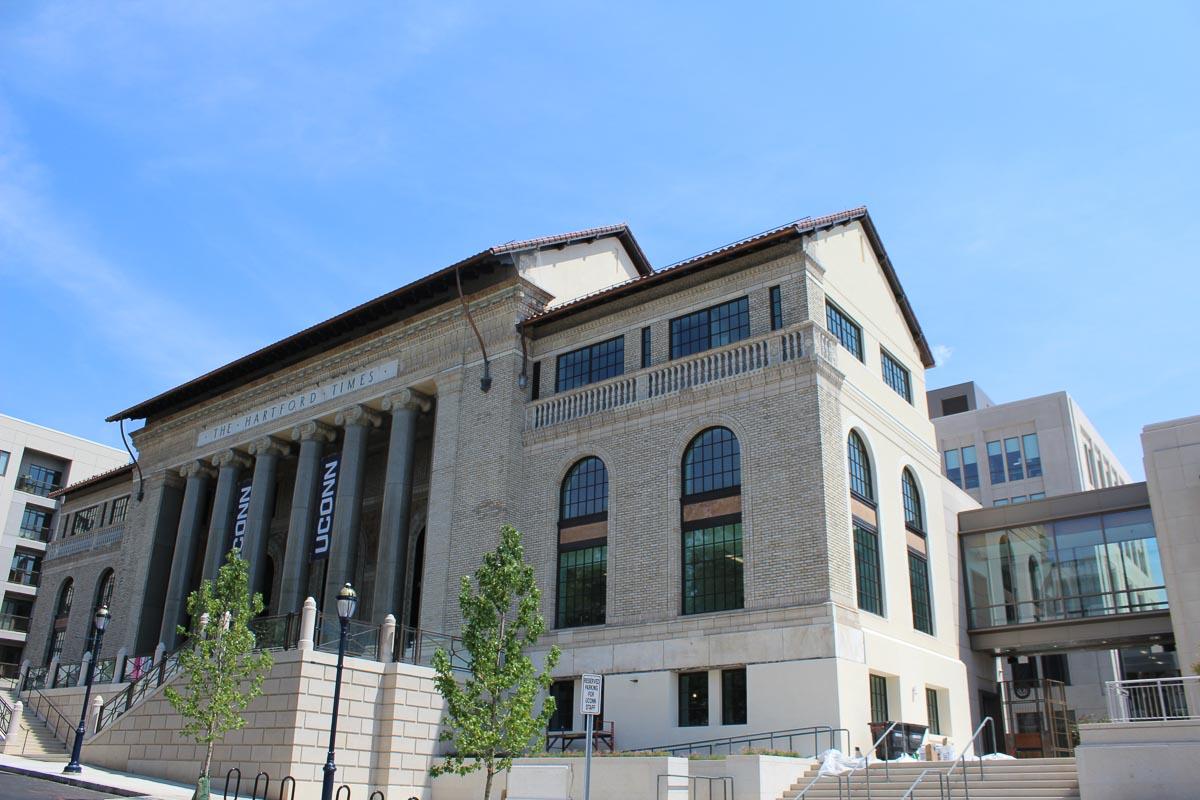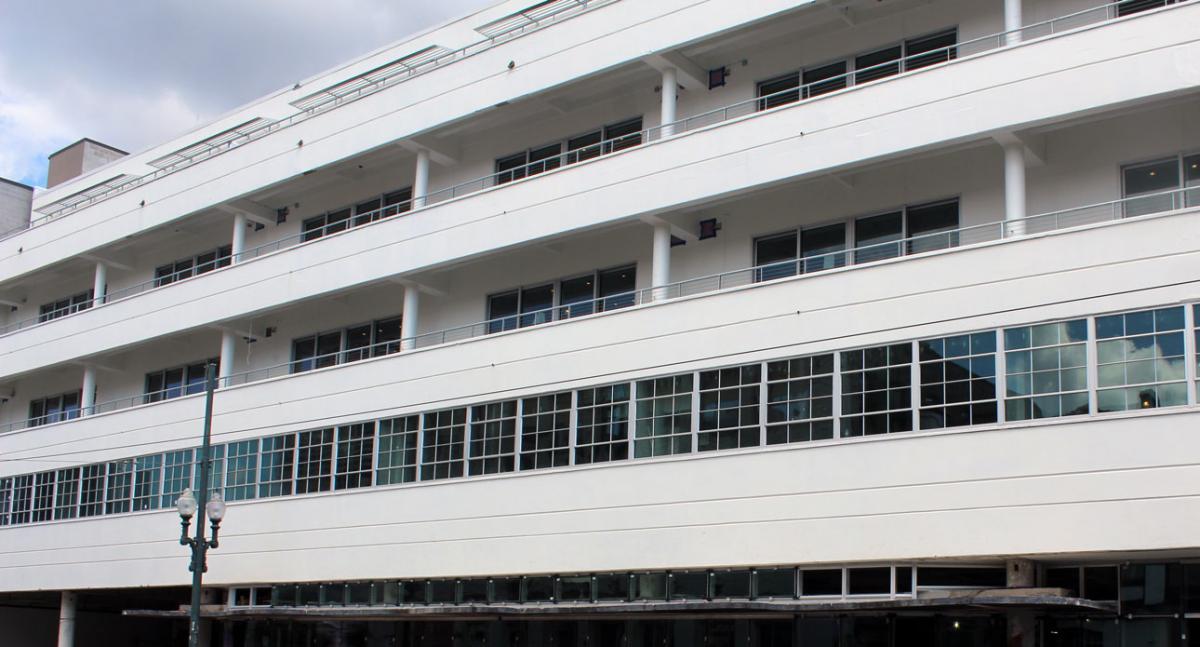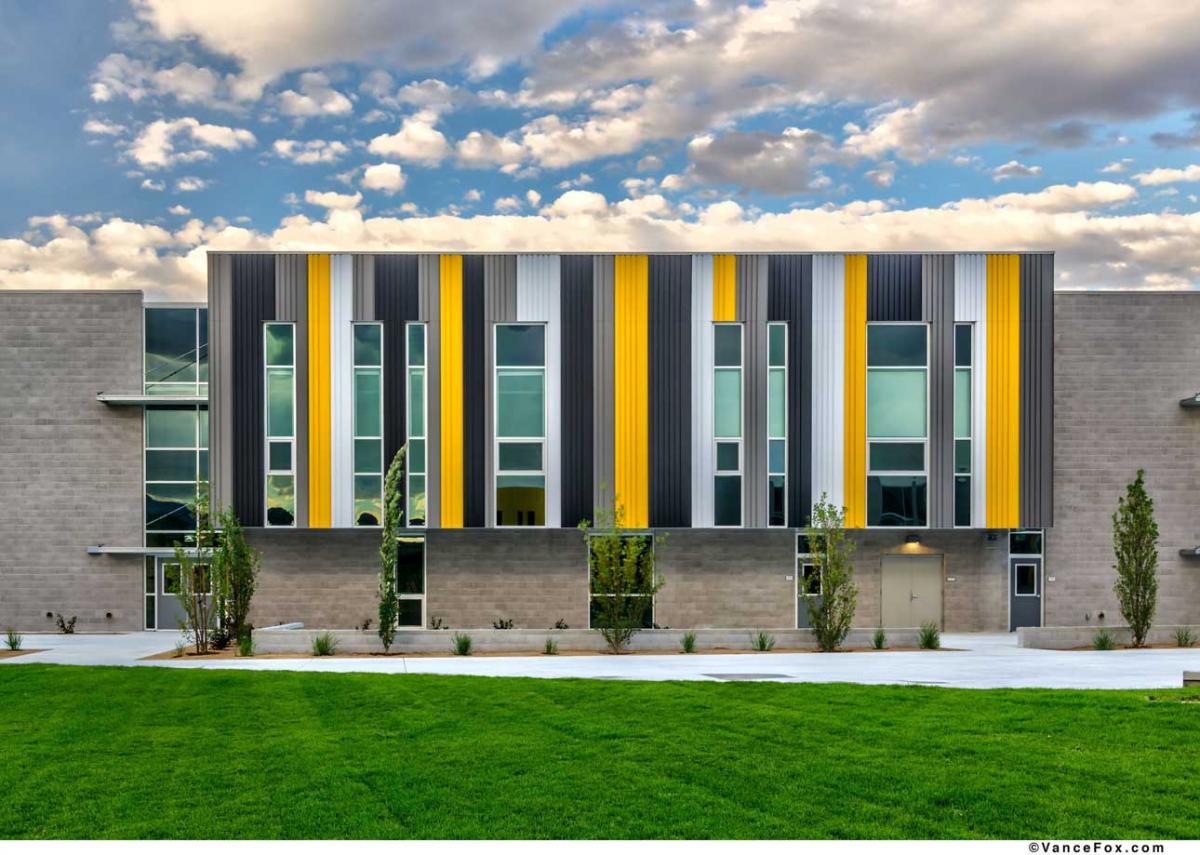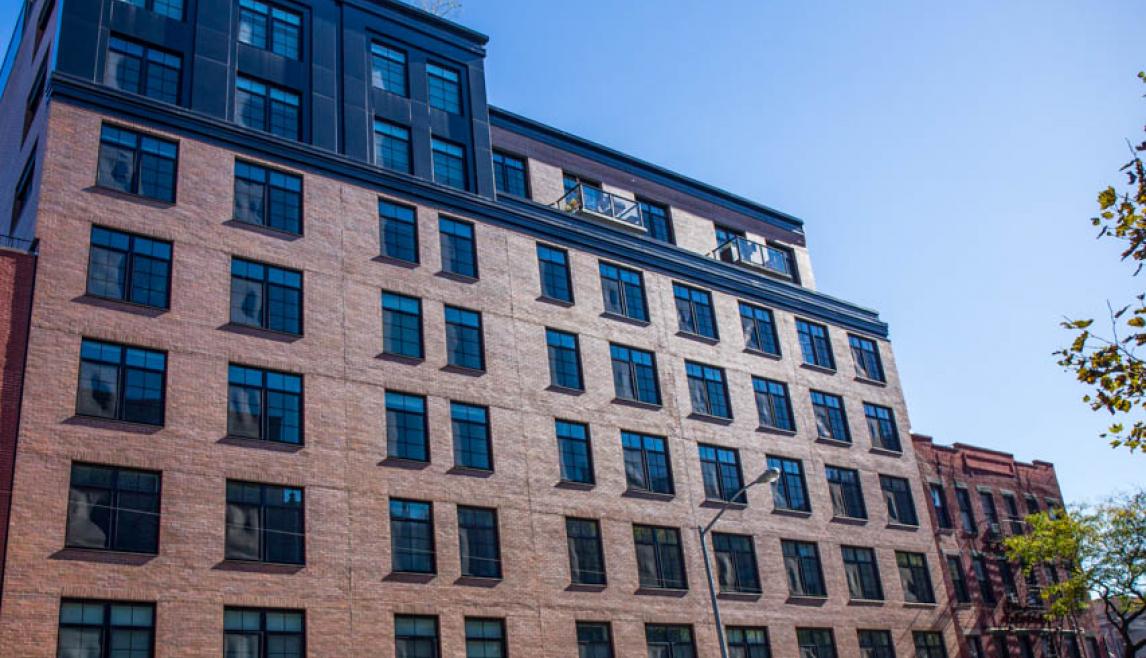One of the most significant contributing factors to the success of a Passive House is the building’s windows. Let’s take a look at Passive Houses and discuss the best options for Passive House windows in commercial buildings.
Defining a Passive House
A Passive House is a home or building that utilizes a certain set of design principles to achieve maximum energy efficiency and comfort while reducing the overall negative environmental impact of a building.
These principles and standards were released in 2015, and homes and commercial buildings that follow them can become certified. These principles and standards ensure that a building only uses a small amount of energy for cooling and heating.
In short, a Passive House or building is simply a building that’s been proven to be extraordinarily energy-efficient.
The Certification Process
To achieve the coveted Passive House Institute United States (PHIUS) certification, a building must:
In general, the certification process only works in new construction. However, the PHIUS is also working to create new standards so that retrofitted buildings can also achieve the coveted distinction.
The Overall Costs
In general, the cost to follow a Passive House design is only 2.4% more expensive on average than a standard building. Passive House construction really emphasizes high-quality construction and energy-efficient building practices.
Things like ventilation, airtightness, insulation, heating, lighting and advanced window technology are all things that contribute to the overall cost. For example, on average, Passive House windows cost between $40 and $100 per square foot. However, prices vary depending on the quality of Passive House windows manufacturers and materials.
Ongoing Maintenance
Like most energy-efficient buildings and homes, Passive Houses will often require some sort of ongoing maintenance to ensure they maintain their performance. For example, leaks will need to be repaired, windows might need to be resealed, and electrical appliances might need to be replaced over time.
The Importance of Passive House Windows
Windows play a significant role in a building’s overall energy efficiency. Poorly insulated and built windows can cause up to 40% of a building’s total energy loss. In addition, if a window is ill-fitted or improperly installed, it can cause even more energy inefficiency.
The PHIUS doesn’t require a maximum U-Value for Passive Houses, but it does focus on energy metrics that consider heating and cooling demands, airtightness and cooling and heating loads. Windows also play a significant role in all those things.
Ultimately, windows in Passive Houses should be:
Styles and Features of Passive House Windows Used in Commercial Construction
There are several styles of passive house windows, including:
The style of window isn’t what makes a Passive House window effective. Instead, it’s the fit and features that matter most. The following are the types of things you want to look for in Passive House windows for commercial buildings.
Deeper Window Frames and U-Values
Windows with deeper glazing and framing systems and high U-values are better equipped to provide increased energy performance. For example, Winco Window Company Series 8325 windows have exceptionally high performing U-values, making reaching LEED and Passive House requirements a breeze.
Insulated Thermal Windows
Insulated windows are a must-have for Passive Houses and buildings. While you can go with traditional static insulated thermal windows, a solution like Winco Window Company’s Transira™ Window Solution allows you to have large, energy-efficient windows. With larger windows, you can increase the efficiency of a building’s lighting by dynamically taking advantage of natural light.
Windows with Glazing
Passive House windows need to have extra glazing to ensure energy efficiency. For example, Winco Window Company’s 1450 Series Windows come with dual or triple glazing to provide maximum protection.
Windows with Automatic Shades
Automatic shades aren’t a certification requirement, but they can definitely help a building increase its energy efficiency. While there are manual shade options, an automated solution like the Transira™ Window Solution allows building owners to maintain energy efficiency effortlessly.
Trust Winco Window Company for High-Quality Passive House Windows for Commercial Buildings
Getting a Passive House or building certified is no easy feat. It requires impeccable building construction, airtightness, ventilation, energy efficiency, and advanced window technology. If you’re looking for Passive House window manufacturers, look no further.
At Winco Window Company, we specialize in providing innovative, high-performance windows for all your commercial projects.
To get started with Passive House windows for your commercial buildings, click here to find your local Winco Window representative.






